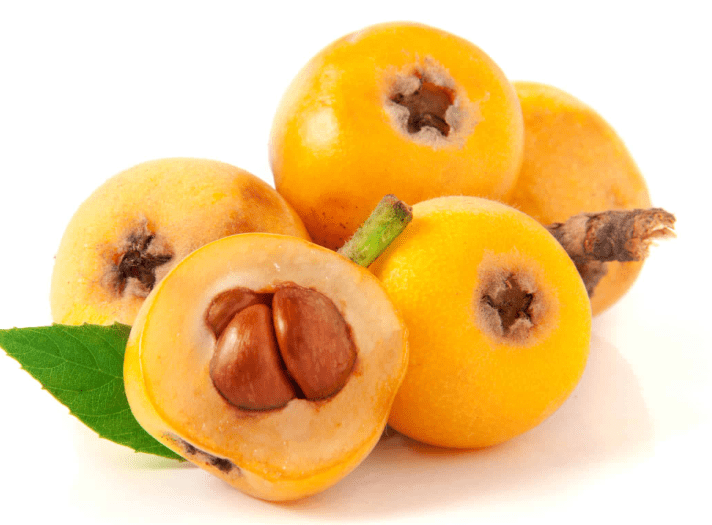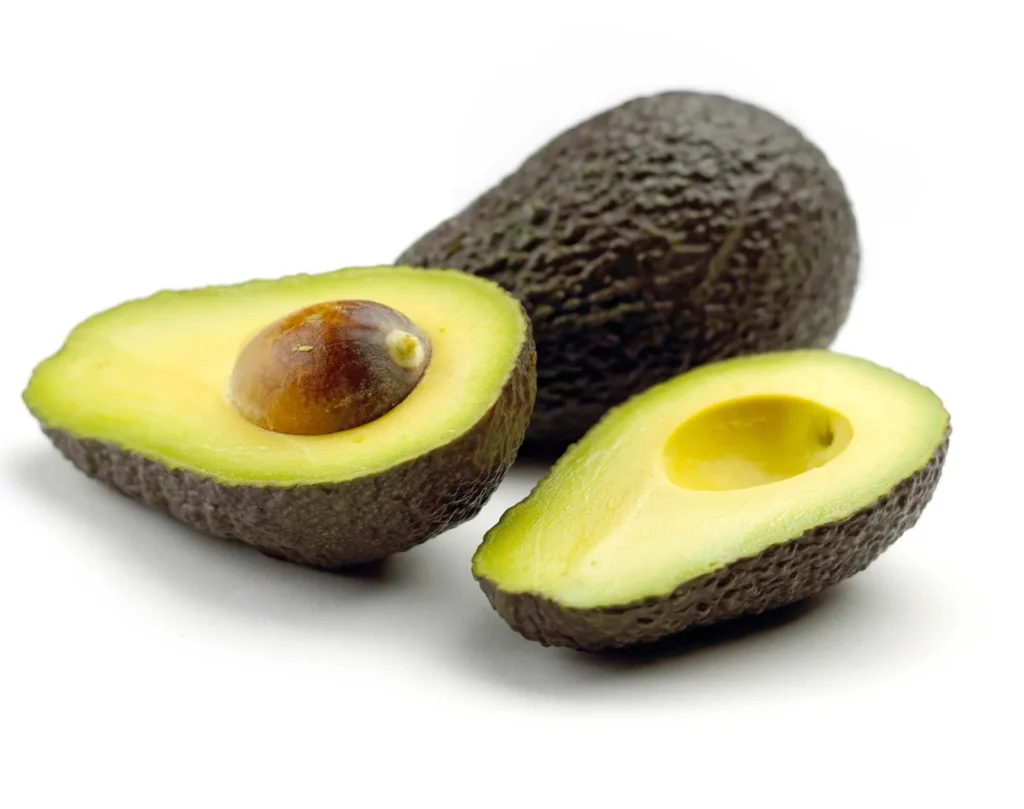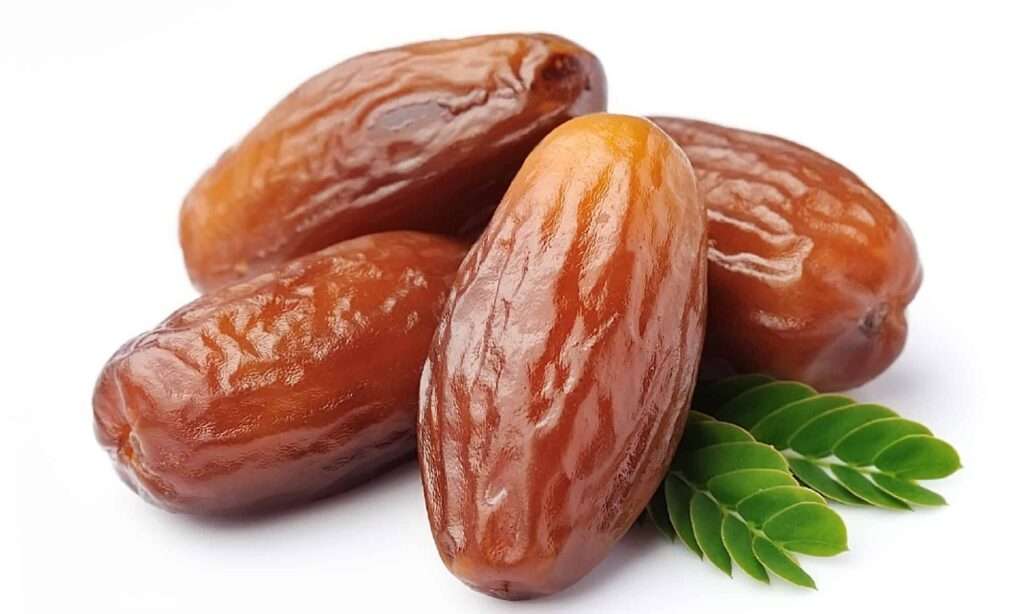
Description
The dense terminal clusters of tiny, fragrant, white flowers bear round, oblong, or pear in shaped fruits. The fruits have a firm exterior and three to four huge seeds that are enclosed in delectable white to orange-colored flesh. The fruits’ colors range from yellow to bronze. The flavor is pleasantly tart and reminds one of cherries, plums, and other fruits in the same family.
Varieties
Pale Yellow, Improved Golden Yellow, Golden Yellow, Thames Pride, and Large Round are early cultivars. Mammoth, Safeda, Fire Ball, Improved Pale Yellow, Matchless, and Large Agra are mid-season types. Tanaka and California Advance are late-season varietals.
Uses
Fruit high in nutrients is the loquat. It is juicy, has a distinctive flavor, and use for longevity and good health. The fruit can be processed into canned and preserved goods in addition to being consumed fresh.

Nutrition
Japanese plums have the nutritional content per 100 g serving 47 Calories, 12.14 g Carbohydrates , 1.7 g dietary fiber, 0.2 g fat, 0.43 g protein, 76 μg Vitamin A, 0.019 mg Thiamine (B1), 0.024 mg Riboflavin (B2), 0.18 mg Niacin (B3), 0.1 mg Vitamin B6, 14 μg Folate (B9), 1 mg Vitamin C, 16 mg Calcium, 0.28 mg Iron, 13 mg Magnesium, 0.148 mg Manganese, 27 mg Phosphorus, 266 mg Potassium, 1 mg Sodium and 0.05 mg Zinc .
Japanese plum aid in weight loss and hunger control since they are high in dietary fiber and low in calories. Additionally, a lot of vitamin A helps with eye health, a lot of vitamin C boosts immunity, and a lot of vitamin B6 promotes cognitive functions. Strong bones and joints are made possible by calcium and magnesium, while iron increases blood flow.
Cultivation
Although loquats are frequently grown from seeds, commercial plantings typically use grafted trees of superior types. They bear fruit at three to four years of age and do well in a variety of soil types, from clay to sandy loam. The blossoms are relatively vulnerable to fire blight, but the trees are resistant to the majority of illnesses and insect pests. Loquats have been shown to survive for brief periods of time in temperatures as low as +12 °F (11 °C). The greatest temperature at which the loquat can be grown is unknown, however it does not grow well in “too tropical” temperatures.
Table





